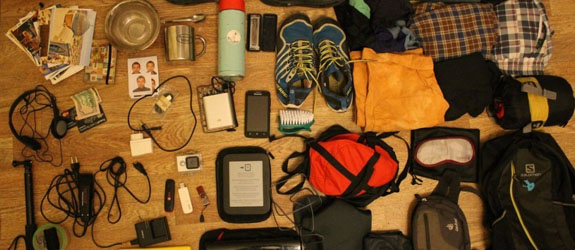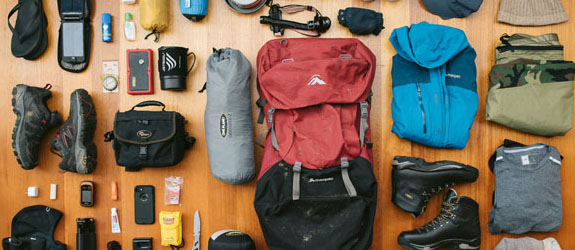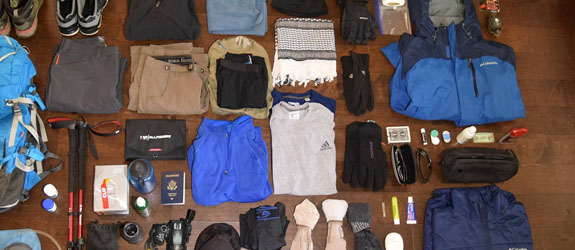
Crafting the Ultimate  Kilimanjaro Hike Gear List For Africa’s Highest Peak
Kilimanjaro Hike Gear List For Africa’s Highest Peak
Your gear for Kilimanjaro should mix practicality with comfort. Given the altitude and varying climate, layers are your best friends. Here's what you should consider for your Kilimanjaro Hike Gear List:
- Base layers, both top and bottom, preferably from brands like Smartwool or Icebreaker.
- Combine short sleeves with long-sleeved trekking shirts for variety and protection.
- Insulated winter jackets and hiking trousers ensure warmth during the ascent.
- Remember a wind shell jacket. If it's not waterproof, consider a lightweight rain jacket.
- A sun hat, preferably with a neck cover and sunglasses, will shield you from UV rays.
- Adjustable trekking poles assist in maintaining balance.
- Mid-weight hiking boots and multiple pairs of trekking socks are essential.
- An 80-90L waterproof duffle bag is crucial. A 20-30L daypack with a rain cover will also help carry daily essentials.
- Don’t forget a 4-season sleeping bag and an insulated sleeping mat for restful nights.
While the Kilimanjaro Hike is mostly about rugged paths and nature's raw beauty, you might find opportunities for a nice dinner at the base. A semi-formal outfit can come in handy. And remember, Kilimanjaro Weather is unpredictable, so a compact rain jacket is a wise inclusion.
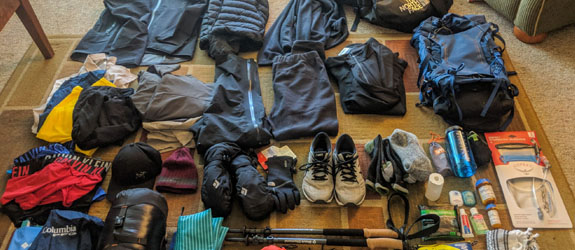
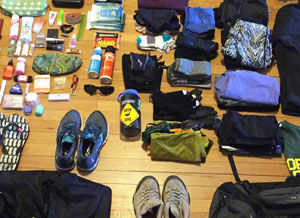
From Natural Wonders To Secluded Paradises
